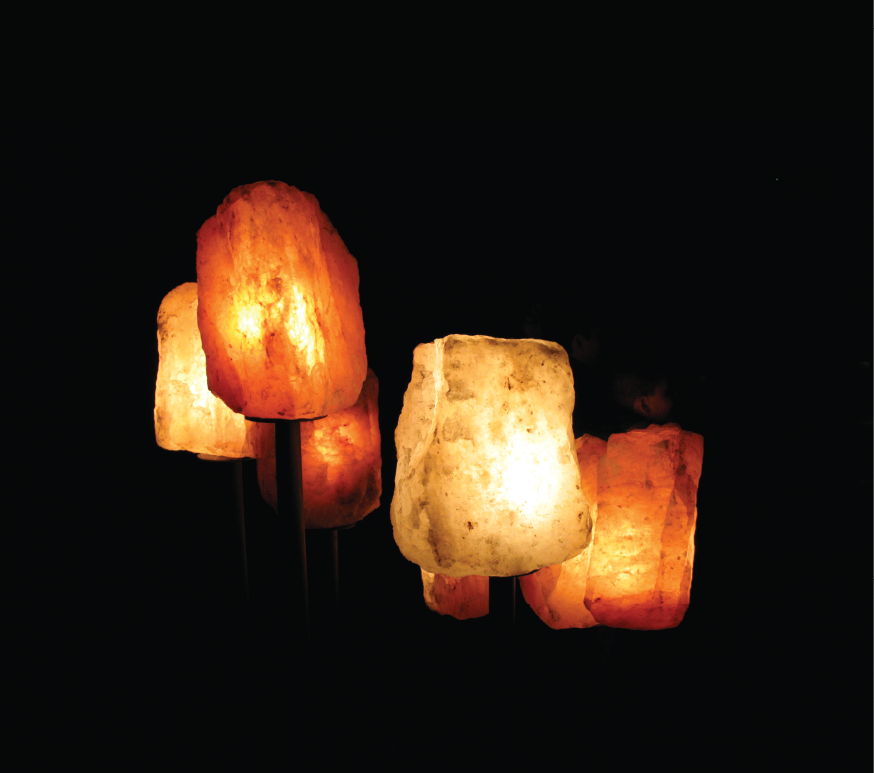What happens when you combine a salt mine, an underground lake, and a mummy? No, I’m not talking about a Harry Potter book or an Indiana Jones film; I’m talking about the Hallstatt Salt Mine. There are many ways to interact with history, from textbooks to museums, but these options do not offer quite the same experience as visiting the oldest salt mine in the world, located in Hallstatt, Austria.
The town itself is situated between Hallstätter See and the Dachstein Mountains. From the Beinhaus (Bone House) of painted skulls to the charming, late Gothic homes, this little town will make you feel as if you’ve gone back in time. The salt mines continue this feeling of delving into history by giving travelers the opportunity to travel to the past by exploring the old mines and seeing the devices the miners used.
The tour begins with an ascent up the mountain on the Salzbergbahn funicular. The glass walls of the funicular allow for a spectacular panoramic view of Hallstatt, as well as the thrill of traveling up a 1,100 foot mountain by rail at an 80% incline. Enjoy the beauty of Hallstatt from a bird’s-eye view before the journey into the caves of salt.
After ascending the mountain, the tour will begin with donning a jumpsuit. This helps travelers to keep warm despite the cool temperatures of the mine and allows for a smooth trip down the miners’ slides—the actual slides that miners used to travel through the mines.
Further through the mine, travelers will encounter “The Man in Salt.” According to Salzwelten, the company that provides tours of the mine, this man may have died in a mining accident that occurred in 1000 BC. The salt has even preserved his skin, hair, and clothing. Thanks to salt and its preservation capabilities, history becomes reality as travelers explore the exact location where this man earned his living.
Going deeper into the mine will lead you to the subterranean lake. This area is particularly dark, but the presence of the lake is evident by the shimmer of the water and shadowy reflection of the salt walls on the water. The stillness creates an eerily beautiful ambience, allowing for time to ponder the beauty of the mine and the impact it has had on the lives of so many who have used the mine as their source of livelihood.
Four hundred meters below ground, travelers can view a film depicting a day of work in the Bronze Age. Follow the story of Udlo, a fictional character, and his life in ancient Hallstatt. The underground cinema was developed in 2015 by Salzwelten, accomplished by projecting the film right onto the walls of the mine. This allows viewers to learn about the lifestyle of ancient miners in the very place these miners were working.
Each of these moments with history are brought into greater correspondence with reality by the slides that transport people throughout the mine. Just as the miners of the past used mining slides to move to different levels of the mine, so will you! Two slides are used for transportation throughout the tour. The slides are long, smooth wooden planks, and they are all the more thrilling because though there are barriers, there are no sides attached to the slides. The second, longer slide is 210 feet long, allowing time to smile for the camera—Salzwelten not only documents your descent with a photo, but also your speed down the slide, so your moment in the salt mines can become part of your own documented history.
Hallstatt is not only a beautiful village, but also a memorable brush with history. Because of the way the salt mines bring history to life, you’ll never look at salt the same way again.
—Shannon Tuttle

